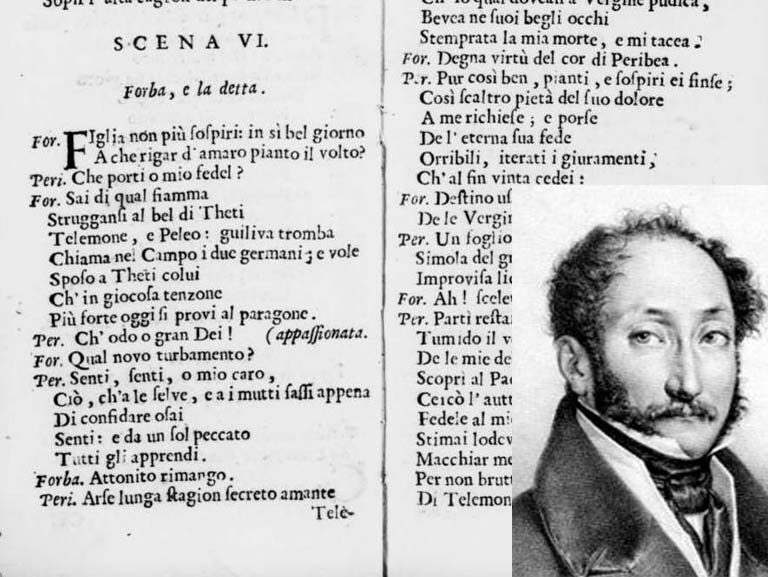
19. Felice Romani’s Diverse Contributions
In the annals of operatic history, Felice Romani emerges as a prolific librettist whose literary prowess extended beyond the confines of a singular composer’s repertoire. Among his notable collaborations stands Verdi’s early work, Un giorno di regno, originally intended for composer Adalbert Gyrowetz. Romani’s deft hand in crafting the libretto for this play showcases his versatility and adaptability, setting the stage for a dynamic creative partnership with Verdi.
20. Romani’s Artistic Tapestry: A French Influence
A tapestry of Romani’s libretti unfolds against the backdrop of French literature, showcasing a predilection for narrative inspiration from across the Alps. Noteworthy among his works is Norma, a masterpiece that not only exemplifies Romani’s literary finesse but also delves into the realms of mythology. The integration of mythical elements in Norma exemplifies Romani’s ability to infuse operatic narratives with layers of complexity, creating a rich and immersive experience for audiences.
21. Romani’s Libretti: A Standard of Excellence
In the pantheon of Italian librettists, Felice Romani held a position of unrivaled eminence, occupying the space between the eras of Metastasio and Boito. Widely acclaimed as the epitome of operatic lyricism, Romani’s contributions were celebrated for their eloquence and depth. The esteem in which he was held within the operatic community positioned him as the preeminent figure in Italian librettism during his time, a testament to his unparalleled skill and artistic vision.
22. Bellini and Romani: A Prolific Partnership
The collaborative synergy between Bellini and Romani reached its zenith with the opera I puritani, a pinnacle that left Bellini resolute in his conviction. Bellini, recognizing the exceptional chemistry and artistic understanding shared with Romani, vowed not to embark on another Italian opera without the librettist’s penmanship. This declaration speaks volumes about the profound impact of Romani’s contribution to the world of opera, solidifying their partnership as a beacon of operatic excellence.
More Interesting Articles
- 140 Interesting Facts About Madonna
- 142 Interesting Facts About Justin Bieber
- 35 Interesting Facts about Victor Hugo
- 60 Interesting Facts About Robert De Niro
- 40 Alfred Nobel Interesting Facts for All Ages
- 22 Interesting Facts About Kelli Williams
- 32 Interesting Facts About Woody Allen
- 25 Uma Thurman Important Facts
- Christopher Columbus Important Facts
- Sir Walter Raleigh Facts to Know about A Legend
- 37 Interesting Facts about Pablo Picasso
- 30 Interesting Facts About Frank Sinatra
- 18 Interesting Facts About George Clooney
- 20 Interesting Facts About Katy Perry
- 28 Interesting Facts About Demi Moore Bio
- 35 Interesting Facts About Novak Djokovic
- Rishi Kapoor – Biography | Movies | Achievements
- Irrfan Khan – Biography | Contribution | Achievement
- 75 John Lennon Interesting Facts
- 58 Drew Barrymore Interesting Facts for Fan
Tags
felice romani norma
felice romani facts
felice romani cool facts
interesting facts about felice romani
felice romani interesting facts
felice romani biografia
felice romani libretti
felice romani francesca da rimini
felice romani wiki
felice romani milano
via felice romani genova
felice spesa romanina
via felice romani
felice romani biography
felice romani biografia
via felice romani box
felice romani moneglia
felice romani librettista
Felice Romani — Italian poet
felice romani librettist
felice romani norma
felice romani biografia
felice romani libretti
felice romani francesca da rimini
felice romani wiki
felice romani milano
via felice romani genova
associazione felice romani moneglia
associazione felice romani
via felice romani genova appartamento in vendita
